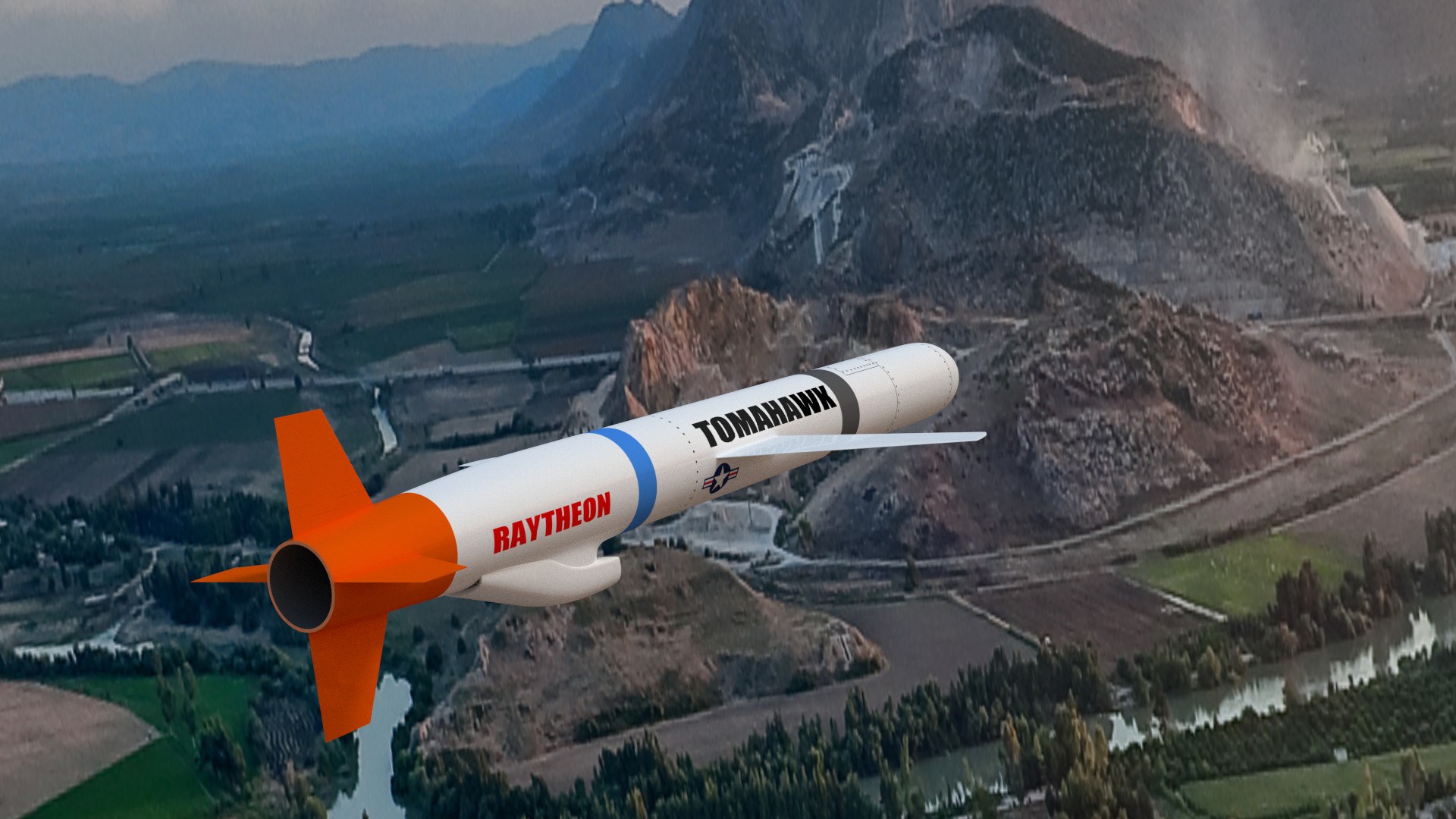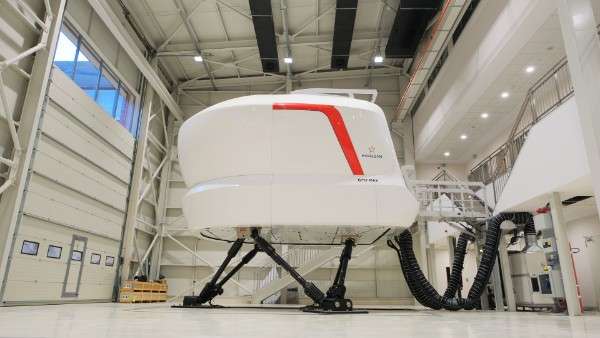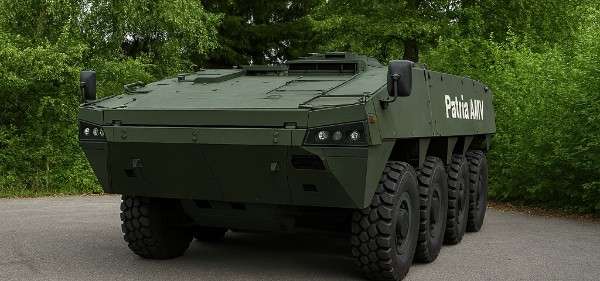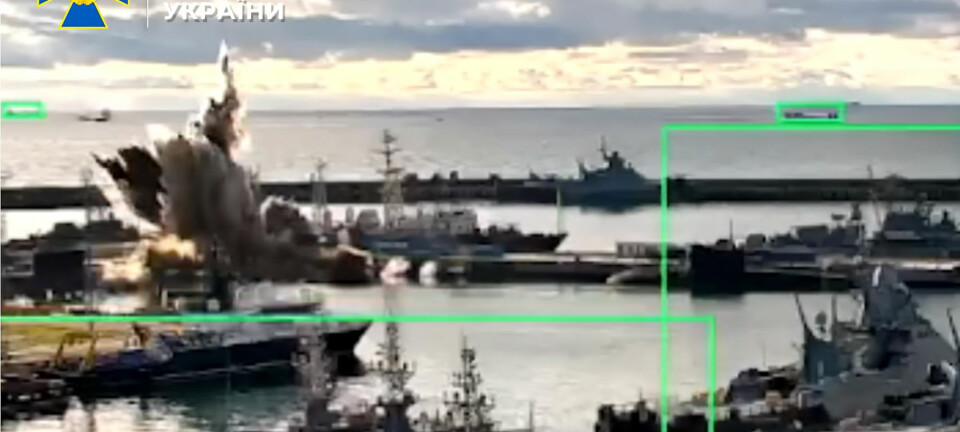The Tomahawk Cruise Missile stands as one of the most iconic and battle-proven precision-strike weapons in modern warfare. Developed in the United States, this long-range, subsonic cruise missile combines exceptional accuracy, range, and versatility. It has served as a critical tool of deterrence and rapid response for the U.S. Navy, the Royal Navy, and other allied forces for over four decades.
Used extensively from the Gulf War to current operations in the Red Sea (2024), the Tomahawk’s reliability, survivability, and continual modernization have cemented its place as the benchmark for naval strike capabilities worldwide.
Table of Contents
ToggleWhat Is the Tomahawk Cruise Missile?
The Tomahawk is a long-range, subsonic, precision-guided cruise missile designed to destroy high-value or heavily defended land and maritime targets from safe stand-off distances.
With a range of up to 1,600 km (1,000 miles) and an average speed of Mach 0.74 (880 km/h), it flies at low altitudes using terrain-following guidance to avoid radar detection — striking targets with pinpoint precision.
Development and Evolution
Development of the Tomahawk began in the 1970s under General Dynamics for the U.S. Navy as a sea-launched, stand-off land-attack missile. Over the years, the program transitioned to Raytheon Technologies (RTX), which continues to lead production, modernization, and export integration.
Since its introduction, the missile has evolved through multiple blocks — from early land-attack versions to the current Block V, which offers both land-attack (Block Vb) and maritime strike (Block Va) capabilities.
Design and Manufacturing
-
Manufacturer: Raytheon Missiles & Defense (RTX)
-
Engine: Williams International F107-WR-402 turbofan
-
Booster: Solid rocket booster for initial launch from ship or submarine
-
Construction: Lightweight aluminum structure with composite skin and folding wings
-
Flight Profile: Sea-skimming / terrain-following at low altitude
-
Guidance Systems: Inertial Navigation (INS), GPS, TERCOM (Terrain Contour Matching), DSMAC (Digital Scene Matching Area Correlation), and two-way satellite datalink for in-flight updates
The missile’s modular design allows easy maintenance and future upgrades, while its stealth profile and low radar cross-section ensure survivability in contested airspace.
Technical Specifications
| Parameter | Specification |
|---|---|
| Length | 5.56 m (18.25 ft) |
| Diameter | 0.52 m (20.4 in) |
| Weight | 1,315 kg (2,900 lb) |
| Range | Up to 1,600 km (1,000 mi) |
| Speed | 880 km/h (Mach 0.74) |
| Warhead | 450 kg (1,000 lb) class – unitary or JMEWS |
| Propulsion | Williams International F107 turbofan |
| Launch Platforms | Ships, submarines (VLS or torpedo tubes) |
| Guidance | INS, GPS, TERCOM, DSMAC, Satcom datalink |
Variants of the Tomahawk Cruise Missile
1. Block I – III (Retired)
Early generations primarily focused on nuclear and conventional land-attack roles with limited guidance features.
2. Block IV (TLAM-E)
Added two-way satellite communication, in-flight retargeting, and improved navigation accuracy. This version was used extensively in Iraq, Syria, and Libya.
3. Block V (Current Generation)
Introduced in 2021, the Block V modernization program extended the missile’s service life and added new mission capabilities:
-
Block Va (Maritime Strike Tomahawk / MST): Designed to engage moving ships at sea.
-
Block Vb: Equipped with Joint Multiple Effects Warhead System (JMEWS) to destroy hardened or buried targets.
The Block V series is the most advanced version yet, optimized for network-centric warfare and multi-domain targeting.
Launch Platforms
-
Surface Ships: U.S. Navy’s Arleigh Burke-class destroyers and Ticonderoga-class cruisers via the Mk 41 Vertical Launch System (VLS).
-
Submarines: Ohio-class, Virginia-class (U.S.), and Astute-class (U.K.) submarines using VLS or torpedo tubes.
-
Future Platforms: Australian Hobart-class destroyers under AUKUS framework are set to integrate Tomahawks by 2027.
Recent Operational Use (2020–2024)
The Tomahawk remains a frontline strike weapon in modern conflicts:
-
2024 – Red Sea Operations: U.S. forces launched Tomahawk missiles from surface ships and submarines targeting Houthi infrastructure in Yemen following attacks on commercial vessels. The operation underscored the missile’s precision and stand-off range in modern naval engagements.
-
2021–2023 – Upgrades and Testing: U.S. Navy successfully conducted test launches validating the new Block V Maritime Strike and Block Vb JMEWS variants.
-
2023–2024 – Allied Integration: The Royal Navy and Royal Australian Navy began modernization programs to integrate Tomahawks into their fleets, enhancing NATO and AUKUS interoperability.
Strategic Importance
The Tomahawk provides unmatched standoff strike capability, allowing naval forces to engage targets deep inland without exposing aircraft or surface assets to hostile defenses.
Its precision and flexibility make it ideal for first-strike operations, suppression of enemy air defenses (SEAD), and precision engagement of command centers, radar sites, and missile launchers.












